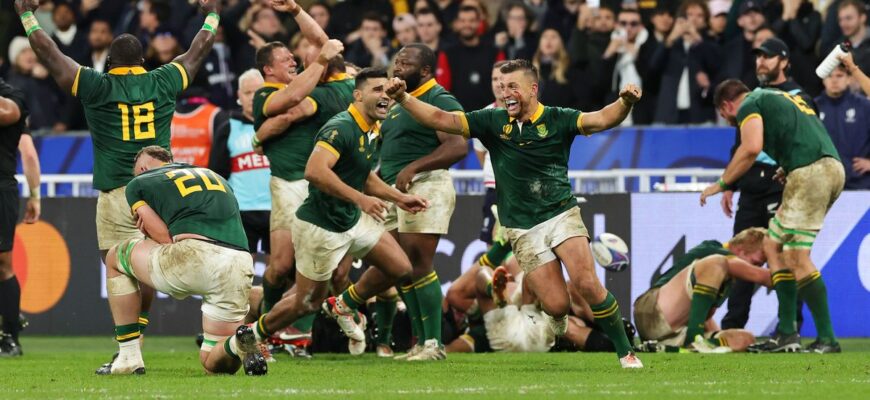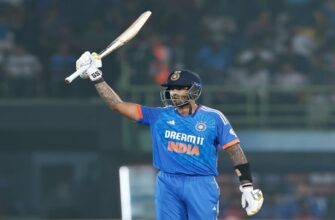In the world of international cricket, the Women`s World Cup rarely offers a moment to catch one`s breath. For New Zealand and South Africa, however, their upcoming Monday fixture in Indore is less about catching breath and more about regaining a pulse. Both nations arrive at this critical juncture having endured opening encounters that can only be described as profoundly disappointing – or perhaps, a `character-building exercise` for the optimists among us.
New Zealand`s Near Miss and Ultimate Collapse
The White Ferns, defending champions no less, began their tournament with a Trans-Tasman rivalry against Australia. What started as a promising contest soon spiraled into a cautionary tale of missed opportunities. Having managed to reduce the formidable Australian batting lineup to 128 for 5 within 22 overs, New Zealand seemed to have a firm grip on the narrative. What followed was an Ashleigh Gardner masterclass – a blistering, counter-attacking century that transformed Australia`s precarious position into a colossal total of 326. It was a bowling performance that, by skipper Sophie Devine`s own admission, simply “let it slip.”
Devine herself led from the front with a valiant run-a-ball 112, a testament to her individual brilliance. Yet, cricket remains a team sport, and her heroic effort found little companionship. The tail-end collapse, seeing the last five wickets tumble for a mere 19 runs, underscored a broader issue: the need for collective contributions beyond a singular star. Their primary agenda now is clear: a vastly improved bowling performance, particularly in managing pressure when an opponent is on the ropes.
South Africa`s Steep Mountain to Climb
If New Zealand`s defeat was a case of squandered advantage, South Africa`s opening loss to England was an altogether more one-sided affair. They were, to put it mildly, comprehensively outplayed, bowled out for a meager 69 runs, with only one batter managing to reach double digits. This wasn`t merely a bad day at the office; it was a demonstration of significant batting fragility, a concern that echoes recent history. Their prior fixture before the World Cup, a loss to minnows Pakistan where they managed only 115, highlights a troubling pattern that needs immediate rectification.
For the Proteas women to transform from a competitive side into genuine contenders, a fundamental shift in batting mentality and execution is required. The onus falls heavily on key players like Laura Wolvaardt, Tazmin Brits, Sune Luus, and Marizanne Kapp to shoulder the responsibility and convert starts into substantial scores. Without a robust total to defend, even the most disciplined bowling attack will find itself under insurmountable pressure.
The Impending Clash: Agendas and Conditions
As these two wounded teams prepare to lock horns, the stakes couldn`t be higher. This isn`t just a group stage match; it`s a test of resilience, a battle for momentum, and potentially, a turning point for their respective World Cup campaigns. On paper, New Zealand arrives as the favored side, boasting a seemingly better balance across both batting and bowling departments. The deceptive spin of Amelia Kerr, in particular, is anticipated to be a decisive factor, with her 10 overs holding the potential to dictate the flow of the game.
Adding another layer to this tactical contest are the playing conditions. New Zealand enjoys a slight advantage, having already played their opening game at the Indore venue. This familiarity with the pitch, its pace, and its nuances could be invaluable. South Africa, on the other hand, makes the journey from Guwahati, arriving at a new venue where their batters will undoubtedly be hoping for a `good deck` – one where the ball comes onto the bat cleanly, offering a chance to find some much-needed rhythm.
A Battle Beyond the Boundary
Ultimately, this Monday encounter transcends mere cricketing statistics. It`s a psychological crucible where confidence has been rattled, and reputations are on the line. For New Zealand, it`s about translating individual brilliance into collective efficiency and ensuring their bowling unit can close out an innings. For South Africa, it`s a desperate search for batting cohesion and the mental fortitude to withstand early pressure. Both teams understand that a second consecutive defeat could inflict a heavy blow on their aspirations. The stage is set for a compelling narrative of comeback, or perhaps, a deepening of early tournament woes. Either way, it promises to be anything but dull.







